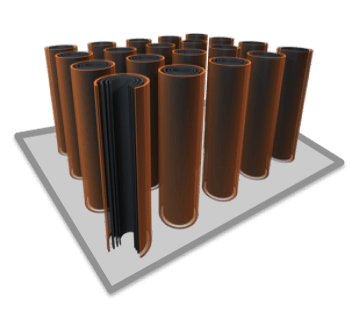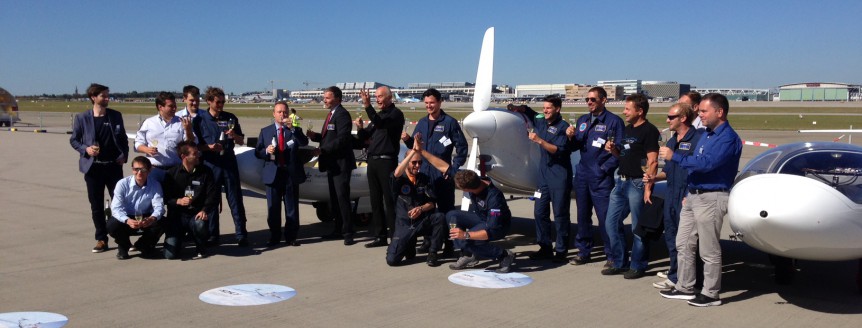Lithium-ion and lithium-polymer batteries of various brands provide energy for Teslas, Leafs, and Bolts, but continue to disappoint by stalled energy density, power density, and safety concerns. Two relative newcomers to the field might have answers to these concerns. Unlike many other newcomers, production might be less than five years away. Enovix Corp. Ken Rentmeester, a good friend and retired chemical engineer, volunteers in the local TeenFlight program run by Dick VanGrunsven. He shared his copy of the IEEE Spectrum containing an article about a new battery company that may have some answers to problems common to lithium batteries. The company’s claims for their Enovix battery are impressive. “Patented 3D cell architecture, a patented 100% silicon anode, photolithography, and wafer production increases energy density and eliminates thermal runaway.” Making thermal runaway go away would make the Enovix battery a much desired energy source, especially for electric aircraft. A recent fatal collision of a Tesla Model X with two other cars …
HY4 Makes First Public Flight – Your Editor Rides EAA’s Ford Trimotor
A day after Pipistrel, the DLR and associates flew the first public demonstration of their four-seat hydrogen-powered HY4, your editor and a friend took a brief hop around the Aurora State Airport in Oregon in EAA’s Ford Trimotor, the first certified airliner in America. The two events, roughly equal in duration, if not in historicity, demonstrate a readily observable progress in aeronautics. A quickening of design and technology 14 years after the Ford 5AT first flew on a scheduled route that took 51 hours total time to cross the United States (and split transport duties with trains), your editor’s father was whisked nonstop by Army Air Corps C-54 across the Atlantic to Shannon, Ireland, and then to Bobbington and Newquay, England to work on bombers for the duration of the conflict. Those 14 years seem like a major quickening of design and technology, which brought us pressurized cockpits, turbocharged engines, and great leaps forward in speed, endurance and reliability. Following the …


